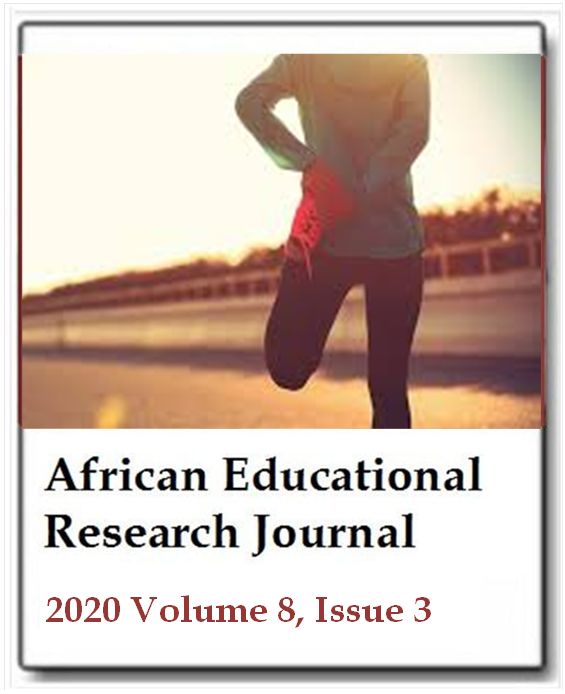Investigation of e-learning readiness levels of university students studying in different departments
Naci KalkanAfrican Educational Research Journal
Published: August 10 2020
Volume 8, Issue 3
Pages 533-539
DOI: https://doi.org/10.30918/AERJ.83.20.110
Abstract
The primary purpose of this study is to determine the extent of students’ readiness on e-learning and to determine the significant difference on their e-learning readiness to the profile of students of different departments. The population of the study was comprised of three hundred seventy-two students with a total age average of 21.57 ± 2.50; 160 men, 212 women (N = 372) from University’s Sport Sciences, History, Literature, and English Language and Literature faculties were selected randomly to participate in the study. Participants were surveyed using the researcher-made demographic questionnaire and the adapted 'The Scale of E-Learning Readiness' instrument developed by Yurdugül and Demir (2017). According to the findings, a significant difference was found within the Computer Self-Efficacy', 'Online Communication Self-Efficacy', and 'Learner Control' the Tukey HSD multiple comparison tests was further conducted to determine between which groups/department is the source of the significant differences, which was caused by the English Language and Literature departments. In the study, it was concluded that students who are studying in English Language and Literature department students have higher levels of e-learning readiness compared to other department students since they utilize e-learning modalities compared to the other students from other departments.
Keywords: E-learning, readiness, online learning, computer, Internet.
Full Text PDFThis article is published under the terms of the Creative Commons Attribution License 4.0

